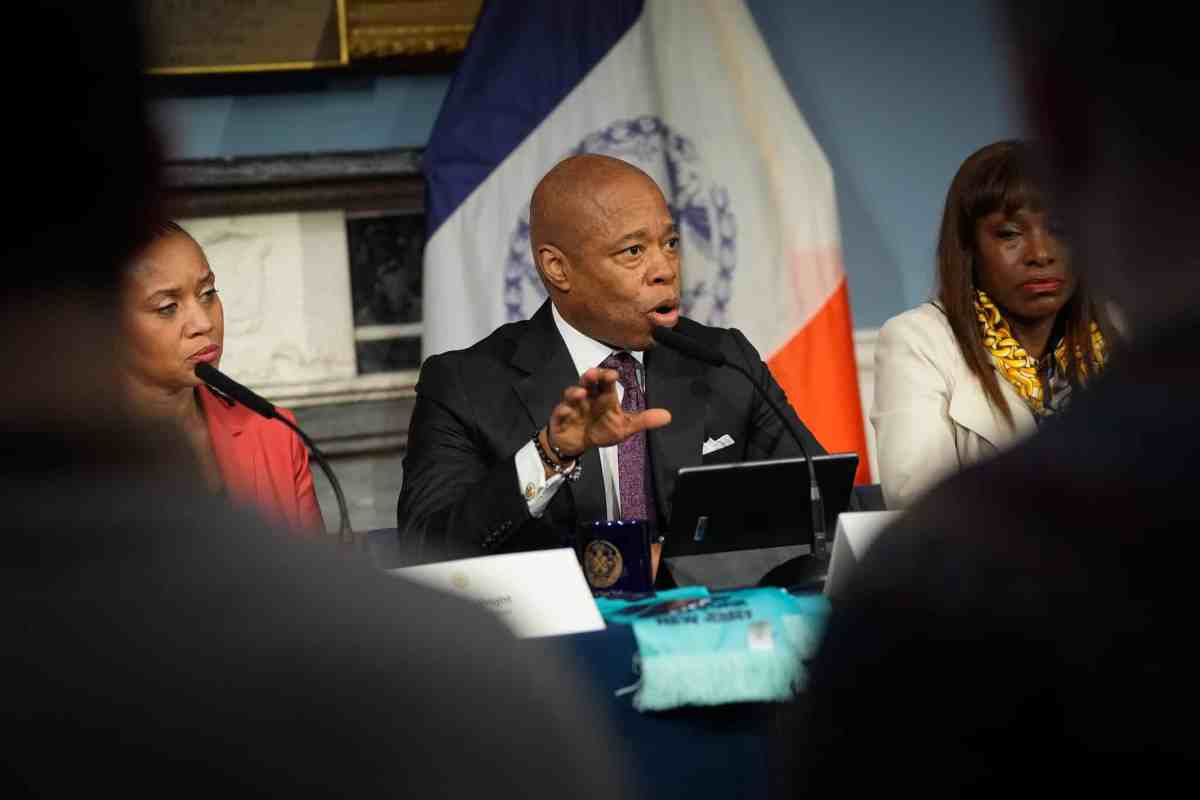By William Lewis
There was quite a difference in the outcome of the conclusion of last month’s Conservative Political Action Conference in Washington, D.C. — the same conference held four years ago.
There was a straw poll taken before this year’s conference adjourned Feb. 11. The delegates were asked to indicate their preference for Republican Party presidential nominee. Mitt Romney got 38 percent of the vote, with Rick Santorum getting 31 percent, Newt Gingrich 15 percent and Ron Paul 12 percent.
Most of the time the conference was conducted with order and proper parliamentary procedure, except for a few infiltrators from the Occupy movement who tried to disrupt the proceedings and were ejected from the conference.
That was not the case four years ago, when Romney announced his withdrawal from the race and U.S. Sen. John McCain (R-Ariz.), who became the eventual presidential nominee of the Republican Party, was booed by a significant number of delegates from the floor while attempting to give a speech to the conference.
Four years ago, the situation was not as it is now, with the most important factor at the conference being to unite behind whoever emerges as the nominee and work to defeat President Barak Obama.
Gingrich, during the campaign, has been referring to Romney as “the moderate from Massachusetts.”
Santorum, a former U.S. senator from Pennsylvania, has challenged Romney’s status as frontrunner by winning three states Feb. 7. The two were in a dead heat going into this week’s primary in Michigan, Romney’s home state.
The delegates to CPAC are returning to their states to continue the election campaign. To many of these delegates, the 2012 elections may prove to be the most important elections of their lifetime.
In other news, in the 11th state Senate District, formerly held by Sen. Frank Padavan, it seems the Republican Senate Committee is redrawing district lines there and has come up with a plan to combine parts of the 11th District with parts of the 16th District, thereby putting two Democratic incumbents, Sens. Tony Avella (D-Bayside) and Toby Stavisky (D-Whitestone), in the same district.
This could lead to a Democratic primary between Avella and Stavisky. It was not too many years ago that Avella was Stavisky’s chief of staff. It would be a unique situation to have them face off in a primary election.
All redrawn district lines, however, will be facing the scrutiny of the governor and possible court challenges.
In the City Council, Peter Koo, who was elected as a Republican with the endorsement of both the Conservative and Independence parties in 2009, has now changed his party registration from Republican to Democrat. That cuts the number of Republicans on the Council from five to four.
It was believed Koo would change political parties after he endorsed Andrew Cuomo for governor in 2010 and then last year, in the special election for Congress in the 9th Congressional District, endorsed state Assemblyman David Weprin (D-Little Neck) over Republican Robert Turner.
Turner won the race despite Koo’s endorsement of his opponent. That means the Republican Party will be running a candidate against Koo in 2013. An interesting question is will Koo face a Democratic opponent in the primary.
In all, 2012 will leave a strong imprint on the American political landscape that will last for a long time.































